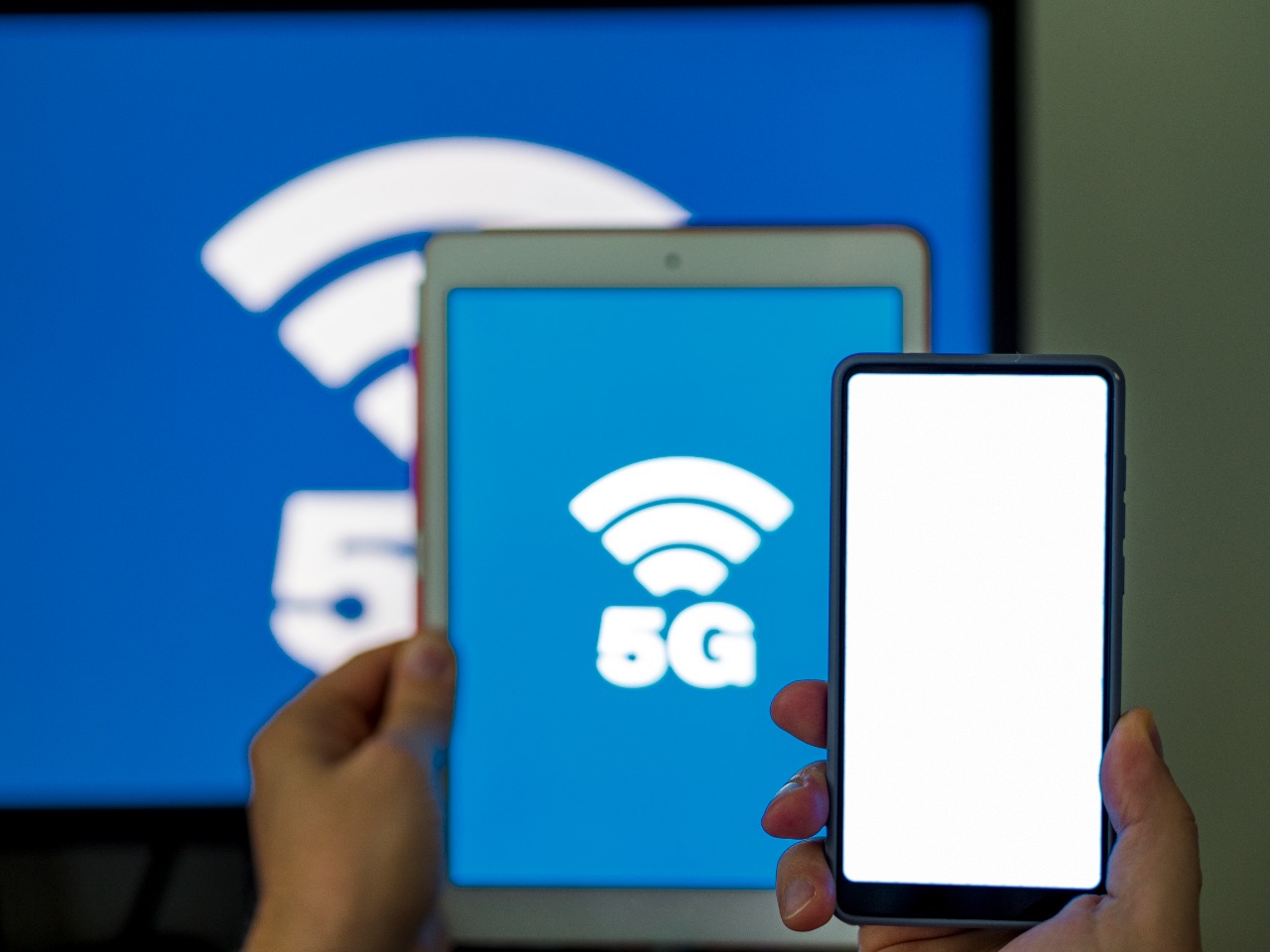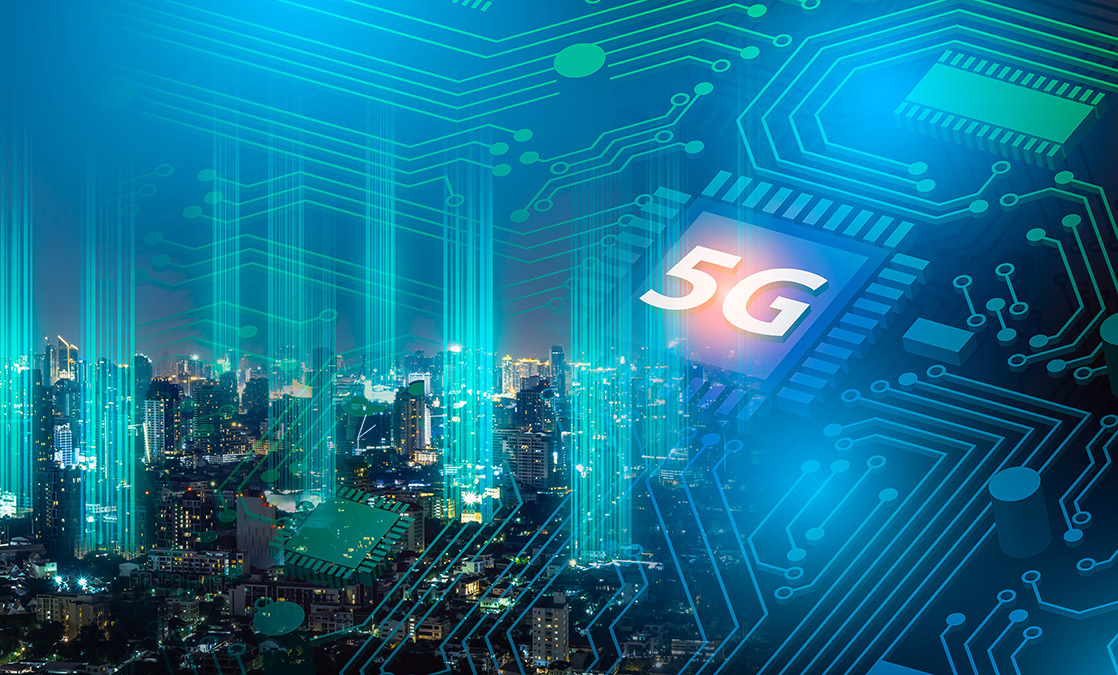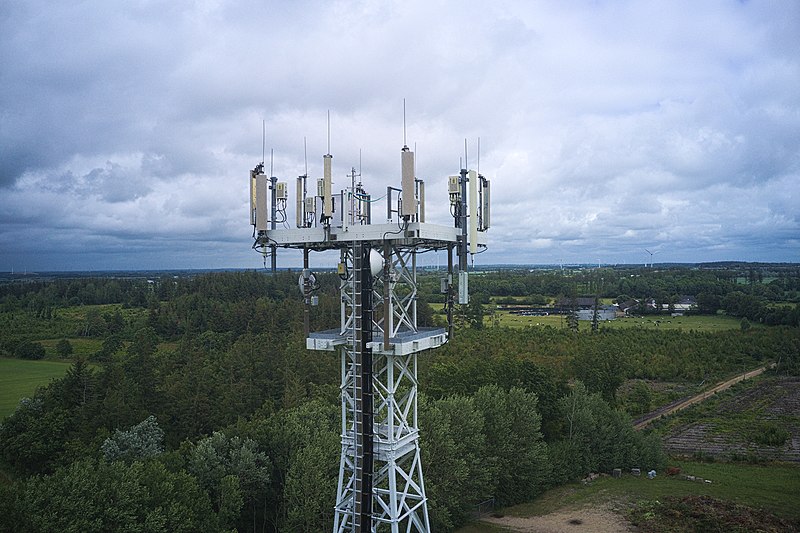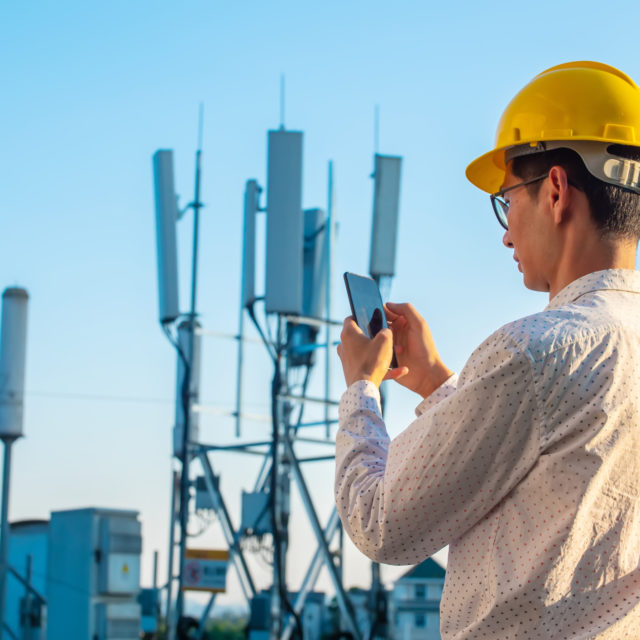If Covid-19 has taught us anything, it is that without technology, modern society would have had a far harder time surviving a global pandemic. Change is the only constant in a company environment that is expanding quickly. Organizations are looking to re-architect their foundation in the wake of the tremendous changes that the pandemic forced upon the world during and after it, in order to overcome commercial disruptions and meet shifting customer needs. Additionally, businesses have undeniably gravitated toward the adoption of sustainable initiatives complying with a net-zero economy as more and more end users connect with earth-positive, green living practices. The key to real corporate success is undoubtedly accepting the challenge of fusing business with conservation. Additionally, businesses have also concluded that sustainability and profitability go hand in hand.
Since the beginning of the pandemic, individual broadband consumption in the US has climbed by 3 terabytes. Many of us wouldn’t have been able to access entertainment, work, or educate our children without the internet. Everyone’s health and safety depends on the network’s dependability, therefore implementing 5G and IoT technologies will be essential going ahead due to the necessity for quick, dependable communication.
5G AND IoT A NEED OF HOUR
The optimum moment to reinvent more sustainable features in your business processes or your architecture would have to be when your firm is investing in the upgrade, given that the launch of 5G would require a significant system makeover.
We are entering the next stage of mobile communication with 5G after the smartphone and 4G already revolutionized the way we interact, consume, and live. The Fourth Industrial Revolution is being driven by 5G in much the same way that the previous three were driven by steam, electricity, and silicon when combined with a variety of other new technological advancements like the Internet of Things (IoT), edge computing, artificial intelligence (AI), and machine learning. 5G offers a strong basis for this shift since it is endowed with superpowers like capacity, speed, and lightning-fast response time. Faster and more dependable connectivity will enable firms to digitally alter their operations and produce goods in far more efficient ways.
so, it is an hour of need fro every organization to integrate 5G with Iot to get maximum out of these two technologies and to ensure environmental friendly practices.
Because we can achieve very fast speeds, high efficiency, and excellent outputs with fewer devices, there will be less heat dissipation to the environment when we employ 5G in our IoT devices. In the next ten years, it is expected that digital technologies like 5G and IoT will cut global emissions by up to 15%, which will be crucial in the fight against climate change. IoT will make it easier to embed sensors and software, which will ultimately result in small business models.
The need of the hour, for all stakeholders, is to adopt sustainable business practices. They need to participate in the world’s efforts to secure a greener future by adopting next-generation technologies and solutions.
INFRASTRUCTURAL CHANGE
A key component of 5G architecture and deployment is technology redesign. The present infrastructure would need to undergo a significant transformation and/or be integrated with legacy systems, from hardware to software chips. For instance, the use of IoT, IoT sensors, and smart devices has completely changed how value is created and services are provided in the manufacturing industry. According to studies, the market for industrial 5G is predicted to reach USD 140.88 billion by 2030. A sustainable future is built by empowering your architects and developers to design products that use less energy during installation, operation, and maintenance. The energy required to develop and install smart devices must be evaluated against the long-term rewards from promoting energy efficiency after production.
5G can help turn conventional power networks into smart grids. Transformers, meters, and other utility equipment equipped with sensors and online controllers enable the monitoring of power flows from generation sites to consumers. Electricity flows can be automatically adjusted based on supply and demand using sensors that gather and send data to the cloud for processing.
5G AND IoT INTEGRATION: A WAY TO ESG GOALS
ESG, which stands for environmental, social, and governance criteria and is frequently used to refer to the pursuit of sustainability. It is a set of standards for a company’s activities that socially concerned investors use to screen possible investments. Making businesses comply with the ESG criteria is a difficult endeavor with many moving components, but it is also compatible with digital transformation.
Due to the fact that these forward-thinking organizations use technologies like 5G and industrial IoT to make their businesses cleaner, digital transformation and ESG are two sides of the same coin.
Working on a remote environment during pandemic most of the business activities were being handled by machines or via networks. This could be taken as an example.
Remotely controlled robotics are used on the assembly line in a technologically advanced factory to boost productivity and ensure uniform quality. Connectivity to the equipment is provided by lightning-fast 5G running on an MPN (mobile private network). Edge computing increases the MPN’s capacity and processing power because the link is closed-loop—owners don’t share their 5G with customers, rivals, or anyone else on that mobile network.
Waste is continuously monitored and removed wherever possible thanks to IoT sensors that collect data that is fed into cloud-based smart technology. To monitor water and electricity use, IoT sensors are strategically positioned throughout the building and connected via 5G.
When no one is present, the lights turn off. When the sun is out, the lights decrease to make the most of the natural illumination and change brightness according to the number of occupants or the weather. IoT sensors are used throughout the factory to guarantee effective HVAC systems. Additionally, equipment is checked to ensure that it is all running effectively. Predictive maintenance with AI means that the equipment is serviced in advance of any breakdowns.
BENEFITS OF 5G AND IoT INTEGRATION
Reduced Energy Emissions and Consumption
Transportation networks, buildings, industries, streetlights, houses, and a whole lot more will be able to monitor and evaluate energy needs and consumption in real time thanks to the adoption of 5G-enabled IoT sensors, leading to optimized energy utilization. Automatic device startup and shutdown will reduce energy consumption.
Reduced Water Wastage
A large portion of the uses and advancements that 5G will offer are going to be tied to any device that can connect to a sensor and deliver data. IoT-specific technologies like LTE-M will result in lower battery usage, and 5G technology will enable the connectivity of thousands of devices with strong and dependable connections. Thousands of intelligent water sensors will be able to identify leaks, water pollution, and contamination, as well as rising water levels in sewage systems and natural water bodies, from the perspective of water conservation.
Improved Network Efficiency
Additionally, the 5G network’s effectiveness together with faster, more dependable, and much larger data transmissions. It will facilitate remote working and cooperation, which will lessen traffic on our roads and business trips. The 5G network should produce 85% less emissions per unit of data transferred by 2030 than the current generation of mobile networks.
There are countless other ways that 5G and IoT will contribute to a more sustainable society, but because 5G is so new, not all of the potential uses are yet understood. Even if there are worries about the consequences, Tele2 has pledged to be a leader in sustainability and is the first telco in the Nordic and Baltic regions to be climate neutral.




